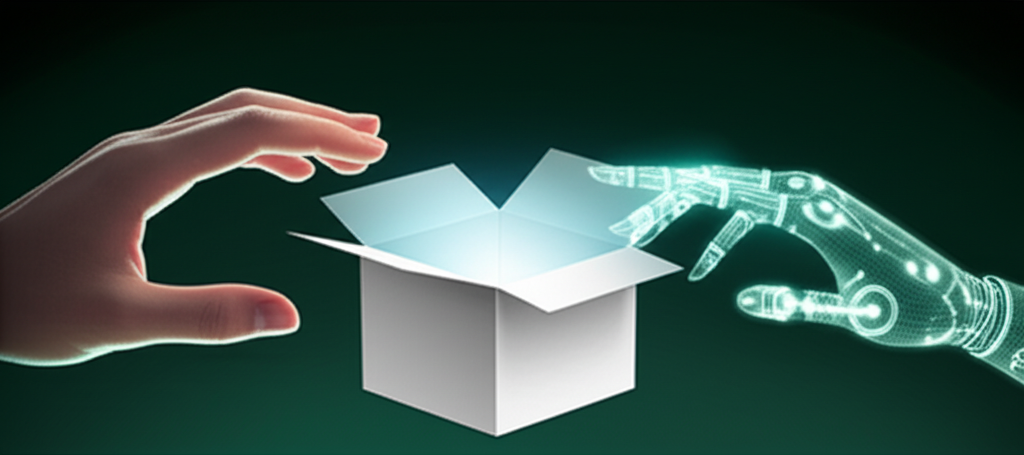Fears of Replacement, Reality of Empowerment
The narrative around AI in creative fields often centers on replacement. But this misses the point. The true revolution isn't about replacing the designer; it's about giving them a co-pilot. The AI co-pilot is a force multiplier, automating the 80% of tedious, repetitive work so the designer can focus on the 20% that truly matters: strategy, emotion, and brand storytelling.
What Does an AI Co-Pilot Do?
Think of the traditional design process: creating dozens of minor variations, manually applying brand guidelines to different box sizes, creating mockups, and searching for dielines. This is where the AI co-pilot shines.
- It handles the grunt work:Ask it to 'show me this design on a taller box' or 'try this with a different font,' and it does so instantly.
- It provides infinite inspiration:Stuck for an idea? The AI can generate hundreds of starting points based on a simple prompt.
- It connects to reality:The PackRapid co-pilot is grounded in manufacturing constraints. It won't let you design something that can't be made, saving immense time and frustration.
The New Role of the Human Designer
With a co-pilot, the designer is elevated from a 'doer' to a 'director.' Their role shifts to:
- Asking the right questions:The quality of the AI's output depends on the quality of the human's prompt and strategic direction.
- Curating and refining:The designer uses their expertise to select the best concepts generated by the AI and provide the final, nuanced touches.
- Focusing on the 'Why':Freed from the 'how,' designers can spend more time understanding the customer, the market, and the core brand message.
Conclusion: A More Human-Centric Future
Paradoxically, by introducing an AI co-pilot, we make the design process more human. We strip away the robotic tasks and allow human creativity and strategic thinking to take center stage. The future of design isn't human vs. machine; it's human + machine, working together to achieve more than was ever possible alone.
